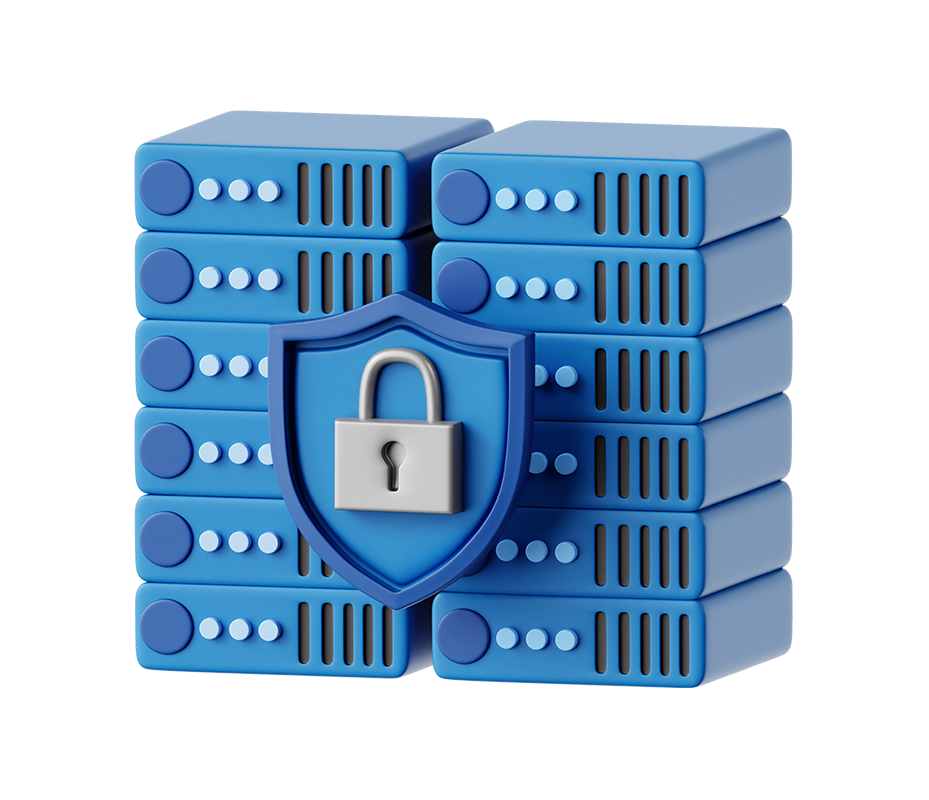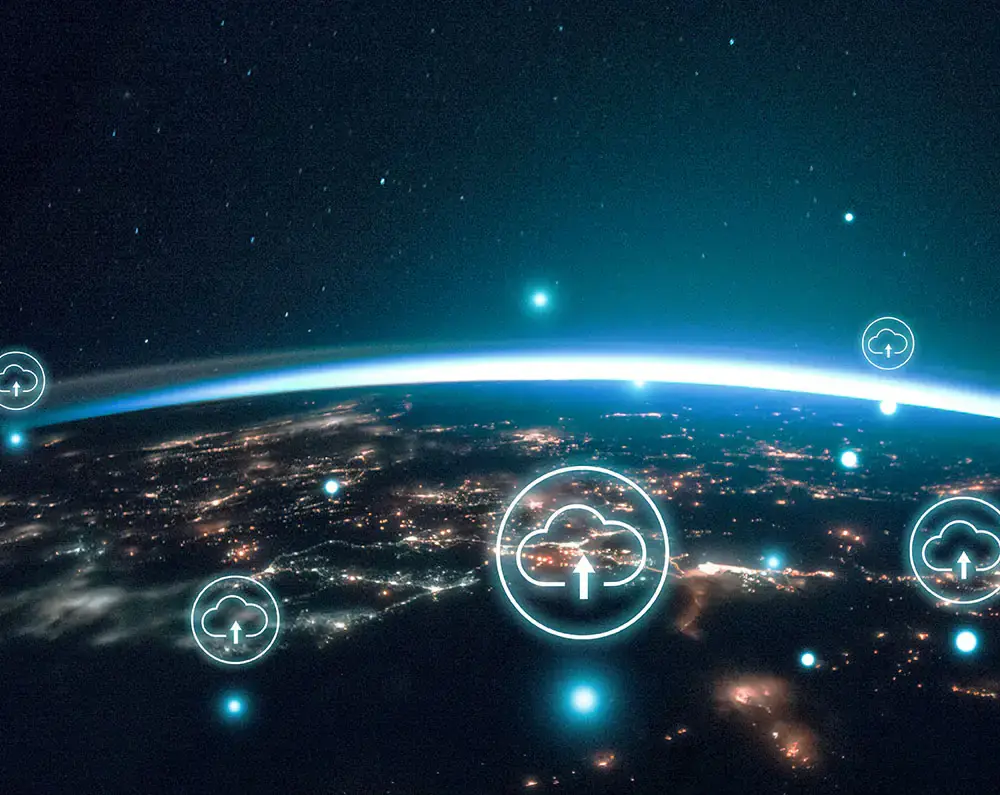

Rajesh Kumar
Director – Service Delivery (Infra & Cloud Management)
March 1, 2018
Table of Content
The important activity of safeguarding networks, systems, devices, and private information against illegal access, cyberattacks, and online threats is known as cybersecurity. The significance of cybersecurity in protecting financial assets, corporate operations, and individual privacy is covered in this extensive blog.
Introduction to Cybersecurity
Cybersecurity protects data, networks, and PCs from harm, attacks, and illegal access. In an increasingly digital environment, it guarantees the availability, privacy, and integrity of information. Individuals and companies are protected from cyber threats and changing online risks by effective cybersecurity.
Why Cybersecurity Matters Today
Cybersecurity is important now because the cost of cybercrime is rising and will reach $10.5 trillion a year by 2025, and attacks are becoming more frequent and complex. Since breaches affect organizations and people’s lives across the world, protecting data, money, and privacy is essential.
Definition of Cybersecurity
Think of cybersecurity as your virtual bodyguard. It safeguards your data, phones, and computers against viruses, hackers, and other crafty online threats. Cybersecurity protects your online environment with innovative technologies and good practices, allowing you to browse without worry!
How Cybersecurity Works?
Cybersecurity protects systems, networks, and data from cyberattacks by integrating technology, procedures, and people. In addition to policies and user awareness to effectively detect, respond, and recover from threats, it uses tools like firewalls, encryption, and antivirus software to guarantee the confidentiality, integrity, and availability of information.
Core Security Principles – Confidentiality, Integrity, Availability (CIA)?
The foundation of cybersecurity is the CIA Triad: Confidentiality, Integrity, and Availability. Only authorized people can access data thanks to confidentiality. Integrity ensures that data is correct and unchangeable. Availability guarantees prompt data access when required. When combined, they preserve confidence in digital systems and safeguard private data.
Types of Cybersecurity: Network, Application, Cloud & More
There are many kinds of cybersecurity, each focusing on a particular aspect of data protection. Network security secures your data by preventing unauthorized access while it moves across networks. The goal of application security is to protect software from flaws. Cloud security protects cloud-hosted data and services. Other varieties include identity management, IoT, and endpoint, all combined to protect against cyber threats.
Common Cyber Threats You Should Know
Malware, ransomware, phishing, spyware, DDoS assaults, trojans, worms, keyloggers, and spoofing are a few common cyberthreats you should be aware of. Remain vigilant!
Malware, Ransomware, Phishing
Malware is software intended to damage or take advantage of networks and devices. Malware that encrypts or locks files and demands payment to unlock them is called ransomware. Phishing is a type of social engineering scam in which scammers use misleading emails to lure victims into disclosing personal information. Phishing is the primary method to deliver ransomware.
Insider Threats & Social Engineering
Insider threats are said to occur when individuals in an organization abuse their company privileges and act maliciously to cause damage or losses to the company. Social engineering occurs when human psychology is exploited to manipulate an organization’s employee(s) into revealing sensitive information or giving out access to secure data which would ultimately compromise the organization’s infrastructure and information.
Advanced Persistent Threats (APTs)
A highly skilled, focused cyberattack known as an Advanced Persistent Threat (APT) occurs when hackers covertly enter a network and collect confidential information over months or years. APTs, which are usually supported by nation-states or well-funded organizations, employ custom malware and evade detection to accomplish their objectives of espionage, profit, or disruption.
Key Cybersecurity Measures
Risk Assessment & Management
In cybersecurity risk management and assessment, information system risks are identified, assessed, and prioritized. To find weaknesses and dangers, organizations employ techniques such as asset-based, quantitative, and qualitative evaluations. Implementing controls like encryption, patching, and staff training is part of effective risk management. To reduce potential damage, defenses must be regularly monitored and updated. This continuous procedure guarantees regulatory compliance and aids in protecting critical assets.
Multi-Layered Defense (Defense in Depth)
In cybersecurity, multi-layered defense builds a strong barrier by utilizing several layers of protection, such as firewalls, encryption, access restrictions, and endpoint security. In the event that one layer fails, the others take over, lowering the chance of a breach and enhancing threat detection for all-around defense against changing cyberthreats.
Incident Response & Recovery
Part of incident response and recovery includes, detecting, containing, eradicating threats, and returning affected systems to normalcy while avoiding In order to guarantee security and business continuity after an incident, it includes eliminating malware, fixing vulnerabilities, reconstructing systems, and keeping an eye on things.
Role of People in Cybersecurity
Human Error as a Vulnerability
About 74% of the data breaches occur due to human error. Clicking on phishing links, having weak passwords, mishandling data, or being tricked by social engineering are some of the mistakes humans are prone to making. These mistakes provide a way for malicious actors to cause severe breaches and financial losses.
Security Awareness Training
Employees are trained to identify and prevent cybersecurity threats like phishing and social engineering scams, reducing human error risks. To adequately protect data and systems, this promotes a security-conscious culture, guarantees regulatory compliance, and fortifies an organization’s first line of defense.
Future of Cybersecurity
The future of cybersecurity relies on AI-driven threat detection, adaptive authentication, and quantum resistant encryption. With the evolution of cyber threats, AI will provide faster and smarter defenses. The Zero Trust models promote remote work and IoT. Continuous innovation and awareness are essential to being one step forward in this dynamic landscape.
AI & Machine Learning in Cyber Defense
Artificial intelligence and machine learning enhance cyber defense by automating threat detection, analyzing large amounts of data for irregularities, and anticipating attacks. They facilitate quicker incident response, secure emails, mobile endpoints, and applications through behavioral analytics and real-time threat information, and support Security Operations Centers. By being proactive, security efficiency is increased, and breaches are decreased.
Zero Trust Architecture
A cybersecurity paradigm known as Zero Trust Architecture (ZTA) guarantees least-privilege access to resources regardless of location, continuously verifies users and devices, and makes no assumptions about implicit trust. By dynamically authenticating and authorizing each access request, it reduces attack surfaces, stops lateral movement, and secures data.
IoT and Cloud Security Challenges
Weak authentication, lack of standardization, limited device security, and insufficient visibility are some of the challenges faced by IoT and cloud security. These challenges expand attack surface and expose data to breaches, unauthorized access, and malware. Misconfigurations and insecure APIs further raise the hazards in these networked systems.

FAQ’s
What exactly does cybersecurity protect?
Cybersecurity protects computers, networks, software, and data from unauthorized access, theft, damage, and cyberattacks, ensuring confidentiality, integrity, and availability of digital information and systems.
Is cybersecurity only for large companies?
No. Cybersecurity is important for any company irrespective of its size since they also face significant threats to their information systems. A robust cybersecurity apparatus ensures survival, trust, and data security.
What are the most common cybersecurity threats today?
The most common cybersecurity threats today are ransomware, phishing, malware, social engineering, distributed denial-of-service (DDoS) attacks, and credential theft, with AI-driven attacks rising sharply. These threats cause financial loss, data breaches, and operational disruption.
What is the difference between cybersecurity and information security?
Cybersecurity is the protection of digital systems, networks and databases while information security is the protection of all forms of information including digital and physical.
Why is cybersecurity important in the age of AI and IoT?
Cybersecurity is important in the AI and IoT age to protect virtually connected devices and data from sophisticated, automated cyberattacks, ensuring privacy, safety, and system integrity amid evolving threats.
Share this article
Facebook
LinkedIn
Twitter
Use AI to summarize this article




